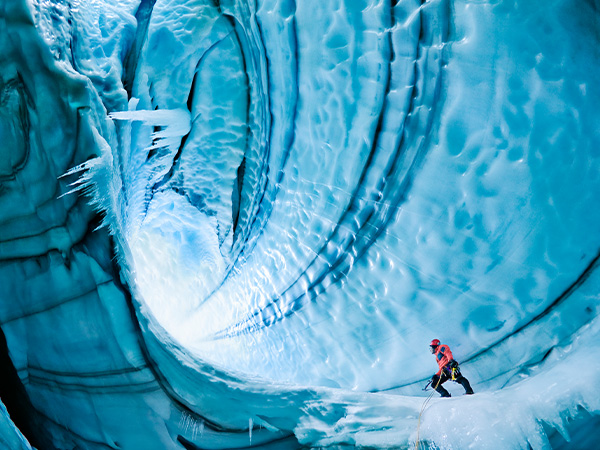
Grade:
Topic:
Unit:


In this lesson mini, students explore glaciers with expert glaciologists. They read an article, watch two informative videos, and participate in enriching class discussions to share what they’ve learned. To reinforce their understanding, students engage with vocabulary, create visual summaries about the importance of glaciers, and write mini biographies of a glaciologist.

Minutes
Minutes
Minutes
Minutes
Minutes

Check out Britannica Studio, your teacher-first AI workspace that turns Britannica’s verified, standards-aligned content into engaging, differentiated, and student-ready materials in minutes.
Level-up current events into dynamic learning!